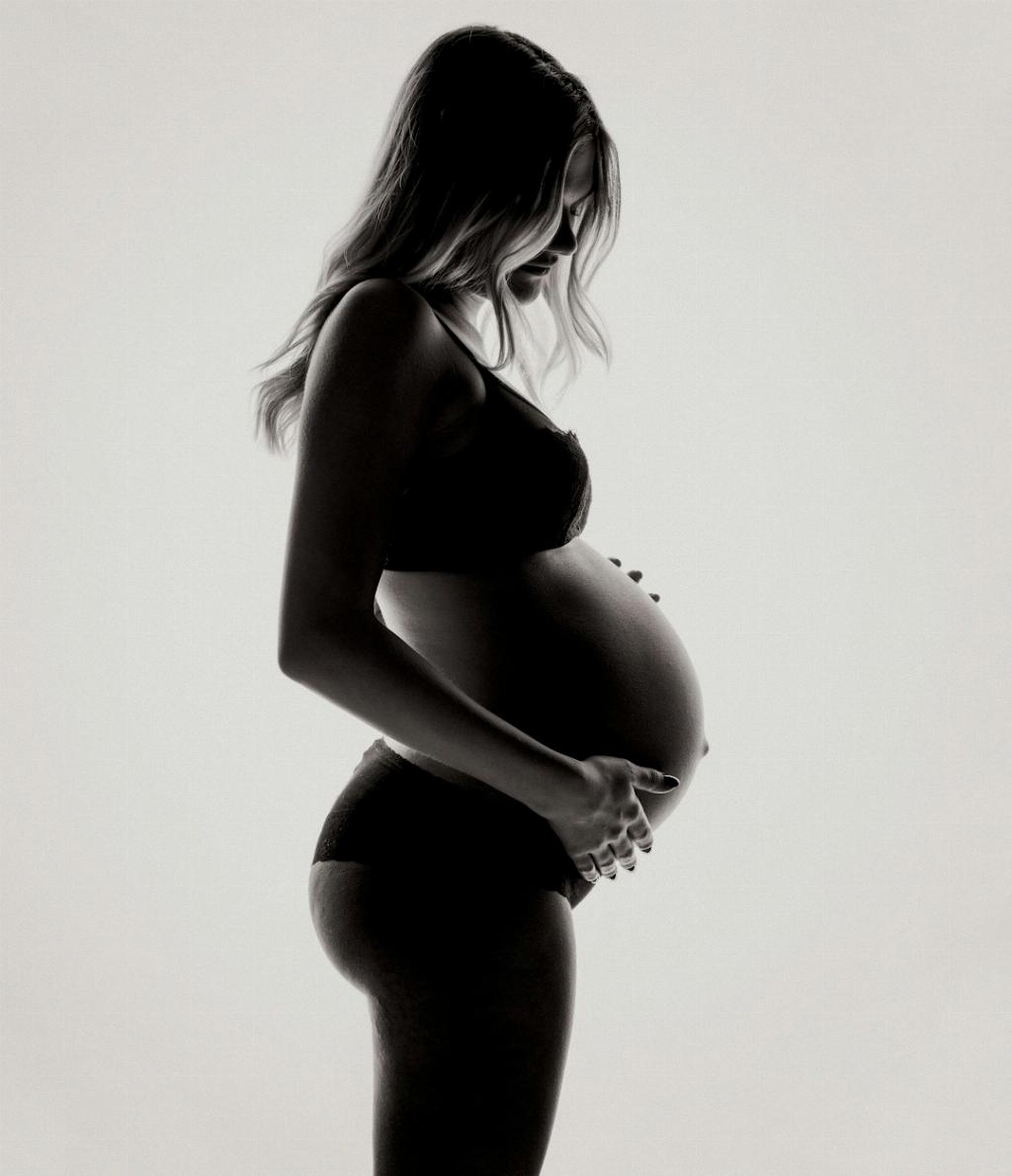During pregnancy, it is crucial for women to monitor their hemoglobin levels to ensure a healthy pregnancy. Hemoglobin plays a vital role in the body as it carries oxygen from the lungs to the rest of the body, including the placenta.
What is Considered Anemic During Pregnancy?
According to the World Health Organization (WHO), pregnant women with hemoglobin levels below 11.0 g/dl in the first and third trimesters and below 10.5 g/dl in the second trimester are classified as anemic. Anemia during pregnancy can lead to adverse outcomes for both the mother and the baby.
Significance of Hemoglobin Level of 9.8 During Pregnancy
A hemoglobin level of 9.8 g/dl during pregnancy falls below the WHO’s threshold for anemia. This indicates that the mother may not be receiving an adequate amount of oxygen to support the growing fetus, potentially leading to complications.
Impact of Low Hemoglobin Levels on the Mother
Low hemoglobin levels can result in symptoms such as fatigue, weakness, dizziness, and shortness of breath for the mother. It can also increase the risk of postpartum hemorrhage during delivery, making it essential to address and monitor hemoglobin levels throughout pregnancy.
Effects of Low Hemoglobin on Fetal Development
Insufficient oxygen supply due to low hemoglobin levels can impact fetal development, leading to growth retardation, preterm birth, and low birth weight. It is crucial to address anemia during pregnancy to ensure optimal outcomes for both the mother and the baby.
Managing Low Hemoglobin Levels During Pregnancy
To address low hemoglobin levels during pregnancy, healthcare providers may recommend iron supplementation, dietary changes, and close monitoring of hemoglobin levels. In some cases, further medical intervention may be necessary to manage anemia effectively.
Importance of Regular Prenatal Check-ups
Regular prenatal check-ups are vital in monitoring hemoglobin levels and identifying any potential issues early on. By working closely with healthcare providers, pregnant women can take proactive steps to address anemia and ensure a healthy pregnancy.
Impact of Nutrition on Hemoglobin Levels
A well-balanced diet rich in iron, folate, and vitamin C can help maintain healthy hemoglobin levels during pregnancy. Including iron-rich foods such as leafy greens, lean meats, and legumes in the diet can support optimal hemoglobin production.
Seeking Medical Advice for Low Hemoglobin Levels
If a pregnant woman has a hemoglobin level of 9.8 g/dl or lower, it is essential to consult with a healthcare provider promptly. Addressing anemia through proper medical guidance and interventions can help mitigate potential risks and complications during pregnancy.
Monitoring Hemoglobin Levels Postpartum
After delivery, it is crucial for new mothers to continue monitoring their hemoglobin levels, especially if they experienced anemia during pregnancy. Postpartum care should include follow-up appointments to ensure that hemoglobin levels return to healthy ranges.
Conclusion
In conclusion, a hemoglobin level of 9.8 g/dl during pregnancy indicates low levels that fall below the WHO’s threshold for anemia. Monitoring and addressing hemoglobin levels are essential to supporting the health and well-being of both the mother and the growing fetus. By seeking medical guidance, making dietary adjustments, and following recommended interventions, pregnant women can take proactive steps to ensure a healthy pregnancy.

